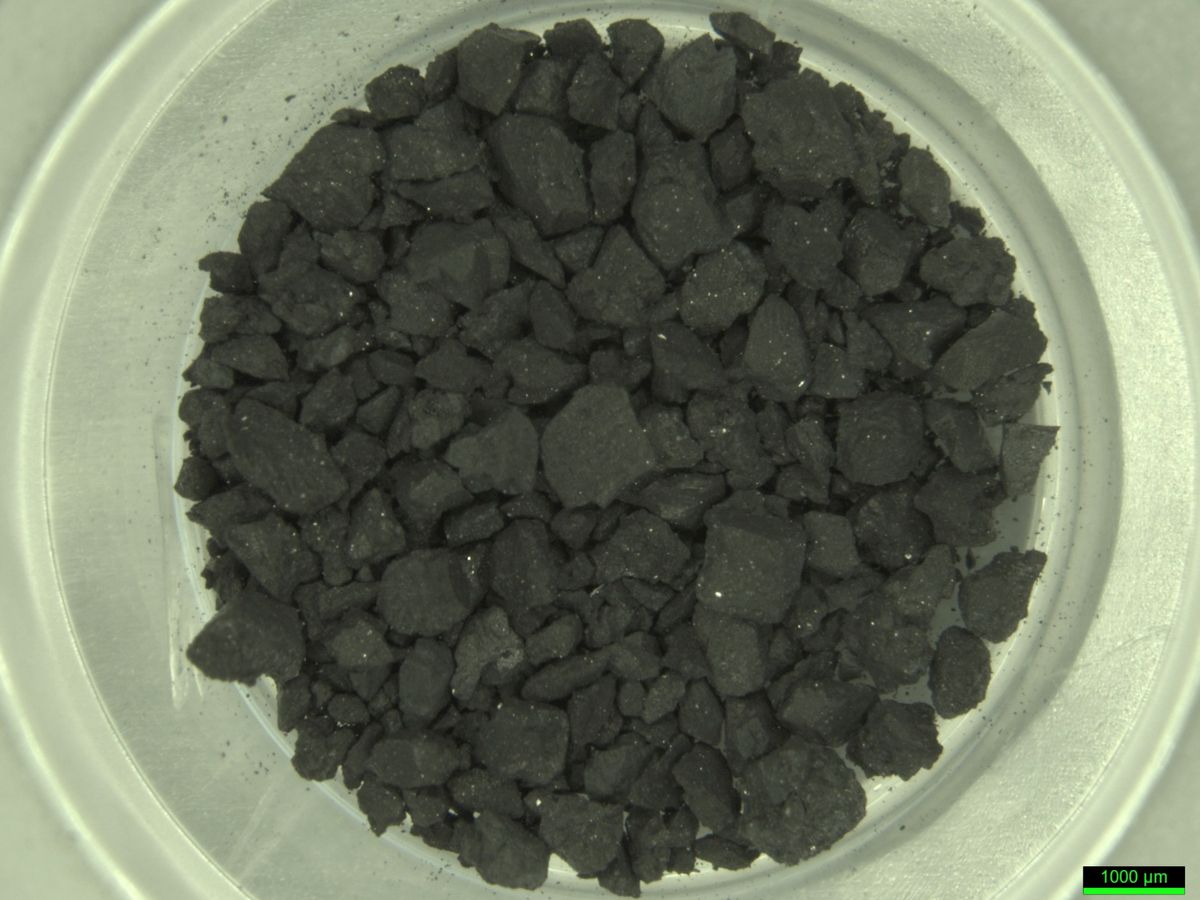Science
Related: About this forum'Building blocks of life' recovered from asteroid Ryugu are older than the solar system itself
By Stephanie Pappas published 28 February 2023
The first analyses of samples brought back from the asteroid Ryugu show that this space rock contains some of the molecules needed for life.

Grains from the asteroid Ryugu alloted to the Hayabusa2 Initial Analysis Soluble Organic Matter Team from the Japan Aerospace Exploration Agency in order to test for organic materials. (Image credit: JAXA)
The asteroid Ryugu, which orbits the sun between Earth and Mars, contains many of the building blocks for life, a new analysis finds.
The study, published Feb. 23 in the journal Science(opens in new tab), is one of the first peeks at the samples from Ryugu brought back by Japan's Hayabusa2 spacecraft in 2020. The mission is only the second time a spacecraft has successfully brought back a sample from an asteroid; In 2010, the first Hayabusa mission brought back dust from the Itokawa asteroid, but that sample was mere micrograms in size due to a failure of the collection system. Hayabusa2, by comparison, returned more than 0.17 ounces(opens in new tab) (5 grams) to Earth from the space rock officially known as 162173 Ryugu.
An analysis of a tiny portion of this sample revealed that the carbon-rich asteroid also contains molecules that are crucial to all known life, including 15 amino acids, the building blocks of proteins. These molecules themselves are not alive, but because they are found in all life, scientists call them "prebiotic." Researchers knew from previous studies of meteorites found on Earth that space rocks can contain prebiotic molecules, but rocks that have fallen through Earth's atmosphere might harbor such compounds due to contamination. It also wasn't clear whether these molecules could survive on an asteroid's surface or only deep within the asteroid body. In this case, the molecules came from surface dust.
"The presence of prebiotic molecules on the asteroid surface despite its harsh environment caused by solar heating and ultraviolet irradiation, as well as cosmic-ray irradiation under high-vacuum conditions, suggests that the uppermost surface grains of Ryugu have the potential to protect organic molecules," study leader Hiroshi Naraoka(opens in new tab) of Kyushu University in Japan said in a statement(opens in new tab). That means that asteroids could potentially spread the building blocks of life throughout the solar system.
More:
https://www.livescience.com/building-blocks-of-life-recovered-from-asteroid-ryugu-are-older-than-the-solar-system-itself
lapfog_1
(30,085 posts)Wounded Bear
(60,618 posts)Warpy
(113,130 posts)that were losers in the cosmic pinball game of the early universe, but those building blocks have also been found in interstellar dust, itself. It's beginning to look like life is an artifact of the universe. Building blocks are everywhere we've looked, at least where they wouldn't been reduced to atoms or even subatomic particles in stars or their remnants.
splat
(2,322 posts)Idle curiousity peering back into eternity.